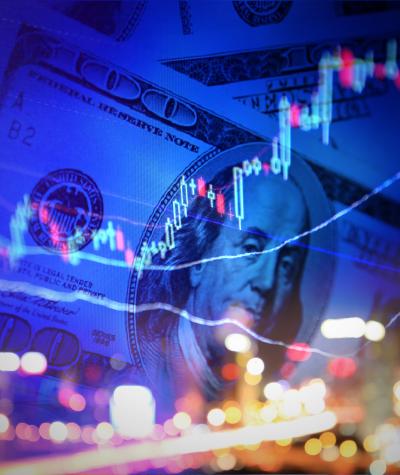Part 1: Taking Stock of the STOCK Act
Congress passed the Stop Trading on Congressional Knowledge Act (STOCK Act) in 2012, following more than 10 years of allegations of insider trading by members of Congress and staff.
A decade after its passage, the STOCK Act has done little to prevent the appearance of corruption and has fallen short of ensuring that Congress is prioritizing the public over their own interests.
The onset of COVID-19 highlighted the shortcomings of the STOCK Act, when dozens of members of Congress from both sides of the aisle made stock transactions totaling over $150 million. The Department of Justice investigated several of these members for insider trading.
Members strategically bought stocks in companies that could increase in value during the pandemic, such as remote work technologies, telemedicine companies and car manufacturers that were shifting their production to ventilators.
Stocks in companies poised to struggle during a pandemic, like those in the restaurant and hospitality industries, got sold.
Elected officials focusing more on their stock portfolios while the pandemic spread across the country led to a renewed interest in regulating members’ ability to buy and trade stocks.
The STOCK Act
Initially introduced in 2006, Rep. Louise Slaughter (D-NY) and Rep. Brian Baird (D-WA) drafted the STOCK Act in response to insider trading allegations against Tony Rudy, a top aide to the onetime House Majority Leader Rep. Tom DeLay, as well as an insider trading scandal faced by Senate Majority Leader Bill Frist in 2005.
At that time, the bill did not pass.
Fast forward to 2008 and the Great Recession, and members of Congress were once again accused of using insider information to line their pockets. On Sept. 18, 2008, three days after Lehman Brothers failed (one of the most turbulent periods of the economic downturn), the Treasury secretary and the chair of the Federal Reserve gave members of Congress a closed-door briefing on the state of the economy.
A series of significant stock trades by various members of Congress followed the briefing, which were then exposed in a feature by the news program 60 Minutes in 2011.
One of the most egregious examples of this activity was action taken by then-Rep. Spencer Bachus (R-AL). Following the closed-door briefing by the Treasury secretary and the chairman of the Federal Reserve, Bachus, then ranking member of the House Financial Services Committee, bought options betting the markets would fall. When they did, Bachus profited.
On Jan. 24, 2012, in his State of the Union Address, former President Barack Obama told Congress “send me a bill that bans insider trading by members of Congress, and I will sign it tomorrow.”
Two days later, the STOCK Act was re-introduced in the Senate and was overwhelmingly passed by the full Congress in February of that year. Former President Obama signed the STOCK Act into law on April 4, 2012.
In the decade since it was passed, it has provided greater transparency into the stock trading activities of our elected officials, yet it has also highlighted why transparency alone is not enough to prevent the appearance of corruption – or the actual occurrence of corruption.
In response to public concerns about stock trading by members of Congress during the pandemic, several new proposals are now on the table that move beyond the transparency provided by the STOCK Act.
These proposals range from increasing the level of oversight of stock transactions to an outright ban of stock trading by members of Congress. This is the most significant bipartisan movement to reform the STOCK Act since it was signed into law.



